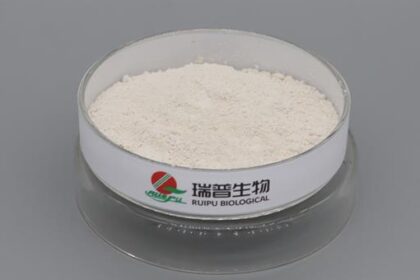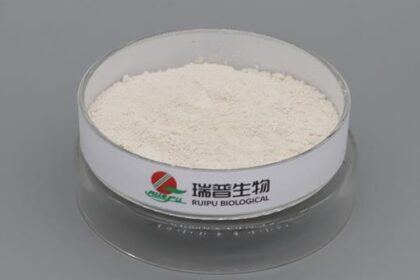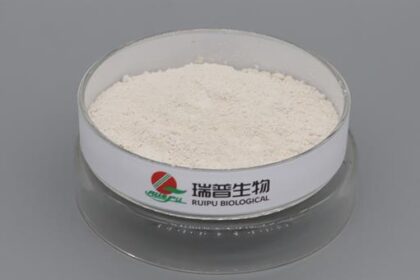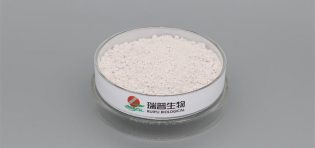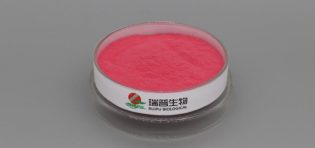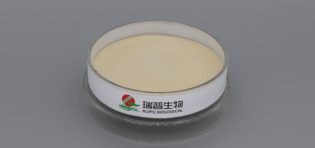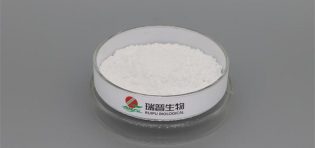
Taurine can be applied in the production of candies, where it serves not only as a food additive but also fulfills multiple roles.
In candies, taurine acts as a humectant, helping to maintain the softness and moisture of the candies, thus extending their shelf life. It also functions as a taste modifier, enhancing the flavor and texture of candies, making them more delicate and smooth.
Taurine possesses numerous physiological and health benefits, including anti-fever, bile secretion promotion, liver protection, detoxification, cell membrane protection, skeletal muscle relaxation, and blood sugar reduction. By incorporating taurine into candies, consumers can enjoy delicious treats while also obtaining certain nutritional and health benefits.
Taking the production of taurine chewing gum as an example, the first step is to prepare raw materials such as taurine, powdered sugar, glucose syrup, gum base, flavoring, and lecithin. Taurine is sterilized in an 80°C oven, while the gum base is softened in a 50-60°C oven. The glucose syrup is heated to 100°C and then cooled for later use. Taurine is mixed with powdered sugar using a gradual dilution method, and the softened gum base, syrup, mixed powder, flavoring, and lecithin are blended uniformly. Finally, the mixed materials are extruded, calendered, shaped, and packaged. Throughout the production process, the ratio and temperature of raw materials must be strictly controlled to ensure the quality and taste of the candies.
The amount of taurine added should be adjusted according to the type of candy and its recipe to avoid excessive use. Once produced, the candies should be securely packaged to prevent moisture absorption and deterioration.
Taurine has broad application prospects and significant value in candy production. With the increasing focus on health and nutrition, taurine-infused candies are poised to become a novel healthy food option in the market.


